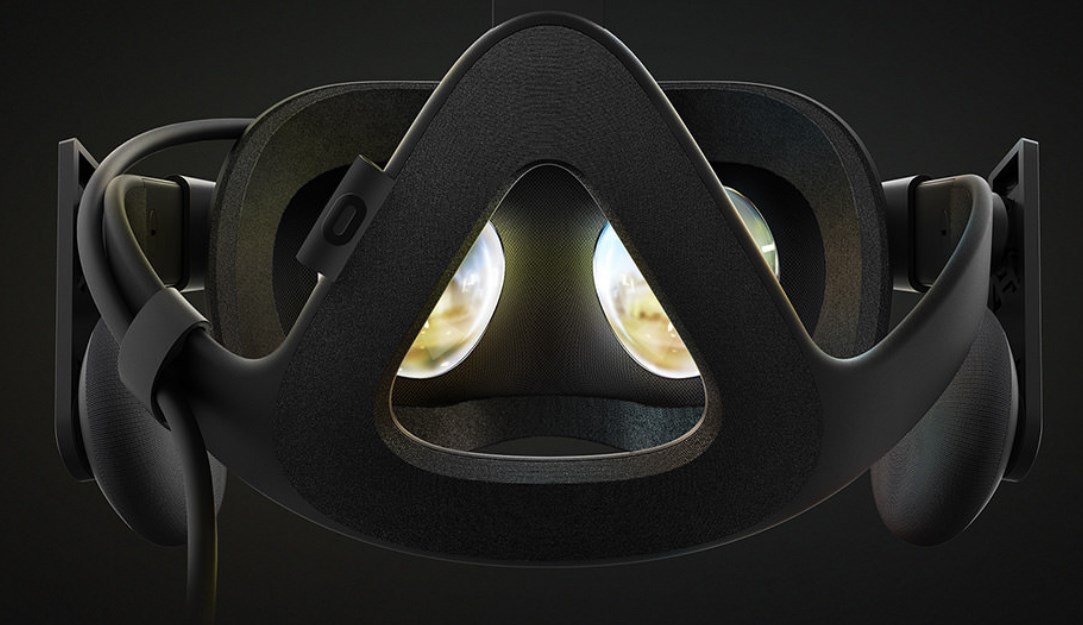Oculus is building a standalone VR headset with mobile guts for $200
An all-in-one VR solution.

Facebook is looking to bring VR to a much wider audience, and in order to that, the cost of entry has to come down. Way down. To some extent that happened recently with the Oculus Rift headset and Touch controller bundle going on sale for $399 (it's still on sale, FYI), but even at that price, there is still the cost of a capable PC to consider. Looking ahead, Facebook has tasked Oculus with building a self-contained VR headset that will retail for $200, Bloomberg reports.
Today's solutions fall into one of two categories: smartphone-based VR solutions, such as Samsung's Gear VR, and ones that are tethered to a PC, like the Rift and HTC Vive. Facebook's upcoming headset will bridge the gap by not requiring a smartphone or a computer; all of the hardware will be inside.
At $200, we are not talking about desktop-grade processors and graphics. Instead, people who are supposedly familiar with the project said it will be powered by a Snapdragon processor (with Adreno graphics) from Qualcomm. So in other words, it will have the foundation of a smartphone, but sit on your face and deliver a VR experience. It will also lack positional tracking found in more high end solutions, though one of Bloomberg's sources said that is something that will be incorporated into a future version.
You can pretty much rule out playing demanding PC games on this thing. However, today's mobile solutions pack a fair amount of horsepower, especially for whatever resolution this headset ends up shipping with.
It does not sound like gaming will be the sole focus, either. Watching immersive videos and social networking with both play prominently into the experience. That is not surprising, given that Facebook is a social networking juggernaut.
The device is codenamed Pacific. It's said to look like a compact version of the Rift and will be lighter than the Gear VR. However, the design is not yet finalized, so any of that could chance between now and when it launches next year.
As far as breaching the mainstream, VR is still very much in its infancy. We are just now starting to approach second generation models and technologies. To be clear, the Pacific is not a second generation Rift, though Facebook is working on one separately. Codenamed Santa Cruz, the next Rift will be a wireless version of the current model.
The biggest gaming news, reviews and hardware deals
Keep up to date with the most important stories and the best deals, as picked by the PC Gamer team.
The landscape is going to get messy in a hurry. Several other companies are prepping standalone units of their own, and Microsoft is working with hardware partners to release more affordable augmented reality headsets for Windows 10. While 2017 was somewhat of a big year for VR, 2018 could see a gold rush as more and more manufacturers look to strike it big.
Paul has been playing PC games and raking his knuckles on computer hardware since the Commodore 64. He does not have any tattoos, but thinks it would be cool to get one that reads LOAD"*",8,1. In his off time, he rides motorcycles and wrestles alligators (only one of those is true).


